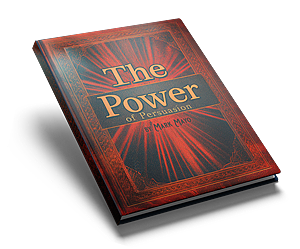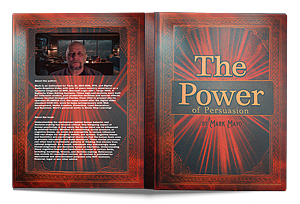Content marketers need to stay ahead of the curve by employing the latest trends and strategies to engage their audiences. One such approach gaining popularity is the use of multimedia topic clusters to create a rich, immersive experience for readers. This comprehensive article will explore the ways in which you can leverage various multimedia formats like videos, podcasts, and infographics to enhance the effectiveness of your content marketing campaigns.
The value of multimedia cannot be overstated. With shrinking attention spans and an increasing number of distractions, it’s essential to captivate your audience and maintain their interest. By incorporating multimedia elements into your content, you’ll not only make it more shareable and engaging but also increase its perceived value.
In this article, you’ll learn how to use multimedia to create a cohesive topic cluster strategy, ensuring your content is both engaging and useful. We’ll cover the various forms of multimedia, explore the benefits of each, and offer practical tips on how to incorporate them into your content marketing efforts.
Table of Contents:
- Introduction to Topic Clusters
- The Power of Multimedia
- Building Topic Clusters with Multimedia
- Final Thoughts
- Sources
Introduction to Topic Clusters
A topic cluster is a group of related content pieces that revolve around a central “pillar” topic. This pillar topic typically addresses a broader subject, while the surrounding content pieces, called “cluster content,” provide in-depth information on specific aspects of the pillar topic. Topic clusters are a valuable content marketing strategy because they help you establish authority in your niche and improve your search engine visibility.
The Power of Multimedia
Multimedia is a key component of successful topic clusters. By incorporating various formats like videos, podcasts, and infographics, you can create a richer experience for your audience and cater to different preferences and learning styles. Let’s explore the unique benefits and applications of each multimedia format.
a. Videos
Videos are an incredibly powerful and versatile content format. They can convey complex concepts with ease, evoke emotions, and hold viewers’ attention for longer periods. When integrating videos into your topic cluster, consider:
- Creating explainer videos for complex topics
- Conducting interviews with industry experts
- Recording product demos or tutorials
- Hosting webinars or live Q&A sessions
b. Podcasts
Podcasts are an excellent medium for sharing information and insights in a conversational format. They allow you to establish a personal connection with your audience and provide an easily digestible source of information for busy or multitasking listeners. Consider the following when incorporating podcasts into your topic cluster:
- Launching a podcast series on your pillar topic
- Interviewing industry experts or influencers
- Hosting panel discussions or debates
- Sharing case studies or success stories
c. Infographics
Infographics are a visually appealing way to present complex data or information in a simple, digestible format. They can help your audience quickly grasp key concepts and make your content more shareable on social media. When integrating infographics into your topic cluster, consider:
- Visualizing research findings or statistics
- Creating process diagrams or flowcharts
- Illustrating timelines or historical events
- Designing comparison charts or decision trees
Building Topic Clusters with Multimedia id=”building-topic-clusters-with-multimedia”
Creating multimedia topic clusters requires a strategic approach to planning, content creation, and distribution. The following steps will guide you through the process.
a. Planning Your Multimedia Topic Cluster id=”planning-your-multimedia-topic-cluster”
- Identify your pillar topic: Choose a broad subject that is relevant to your audience and offers ample opportunities for creating related cluster content.
- Conduct keyword research: Identify relevant keywords and phrases that your audience is searching for and incorporate them into your content.
- Plan your cluster content: Outline the various subtopics you’ll cover in your cluster content, and decide which multimedia formats will best convey the information.
b. Creating and Optimizing Multimedia Content id=”creating-and-optimizing-multimedia-content”
- Develop high-quality content: Ensure your multimedia content is engaging, informative, and professionally produced.
- Optimize for SEO: Incorporate relevant keywords and metadata into your multimedia content to improve search engine visibility.
- Include calls-to-action: Encourage your audience to engage with your content further, whether by subscribing to your podcast, sharing your infographic, or signing up for a webinar.
c. Promoting and Distributing Your Multimedia Topic Cluster id=”promoting-and-distributing-your-multimedia-topic-cluster”
- Share on social media: Promote your multimedia content across various social media platforms to reach a wider audience.
- Leverage email marketing: Share your multimedia content with your email subscribers and encourage them to share with their networks.
- Collaborate with influencers or industry experts: Partner with relevant influencers to expand your reach and credibility.
Final Thoughts
The most important takeaway from this article is that multimedia is essential in creating engaging, shareable content that caters to diverse audience preferences. By incorporating videos, podcasts, and infographics into your topic clusters, you can establish yourself as an authority in your niche, improve your search engine visibility, and create a richer experience for your audience. To maximize the effectiveness of your multimedia topic clusters, focus on creating high-quality content, optimizing for SEO, and leveraging various channels for promotion and distribution.











